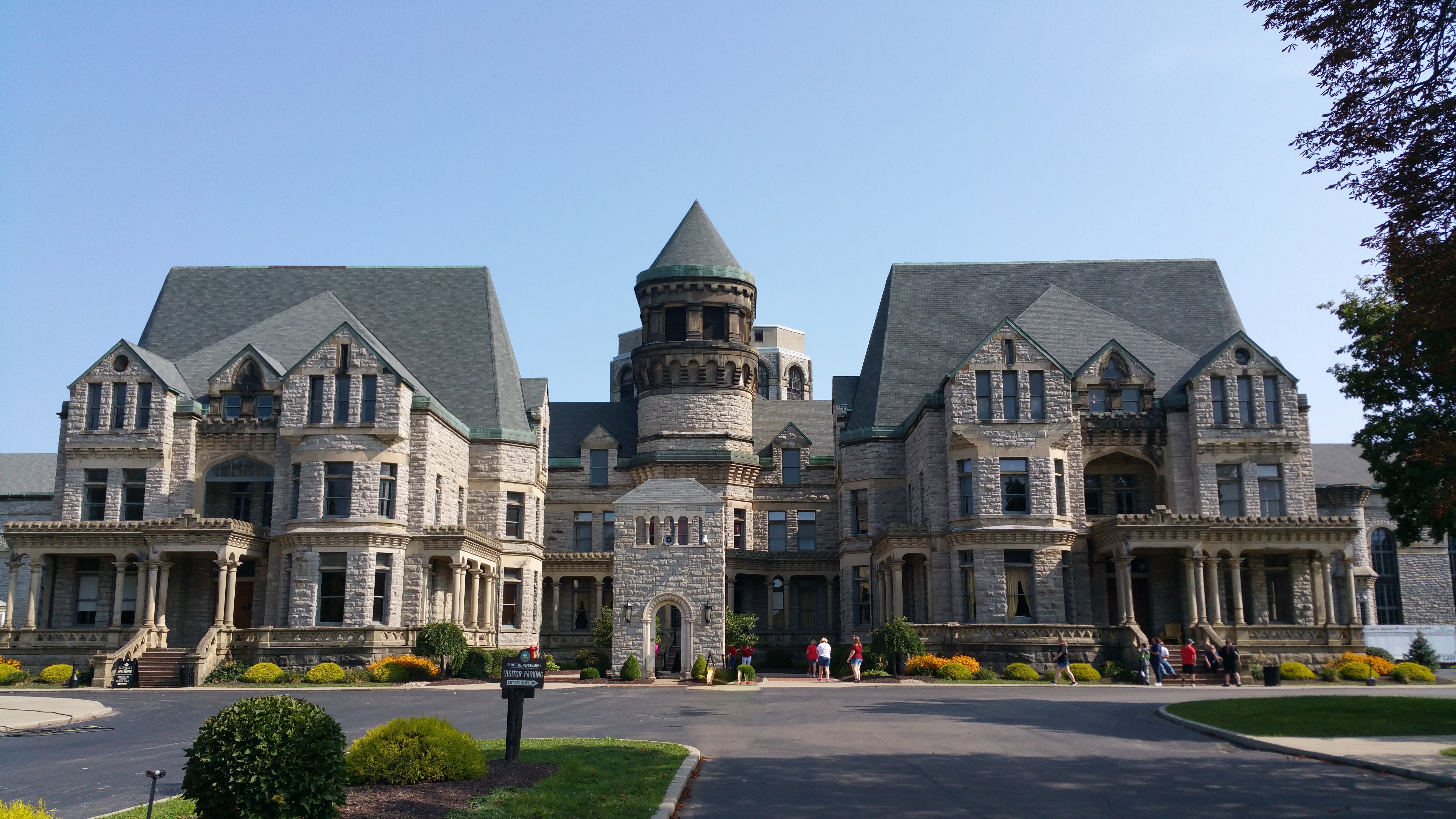
The Ohio State Reformatory- Mansfield, OH
The Ohio State Reformatory is visually stunning. For those who love architecture, the built world, and its eventual decay, it’s a moving study. A once grand building, that had a hard life, much like its former occupants. However, traces of beauty remain, in sharp contrast to the otherwise harsh conditions found at the penitentiary. For photographers, it is a wonderland; a place of contradictions. A place that deserves to be preserved, but also a place where part of its beauty is found in its state of decay.
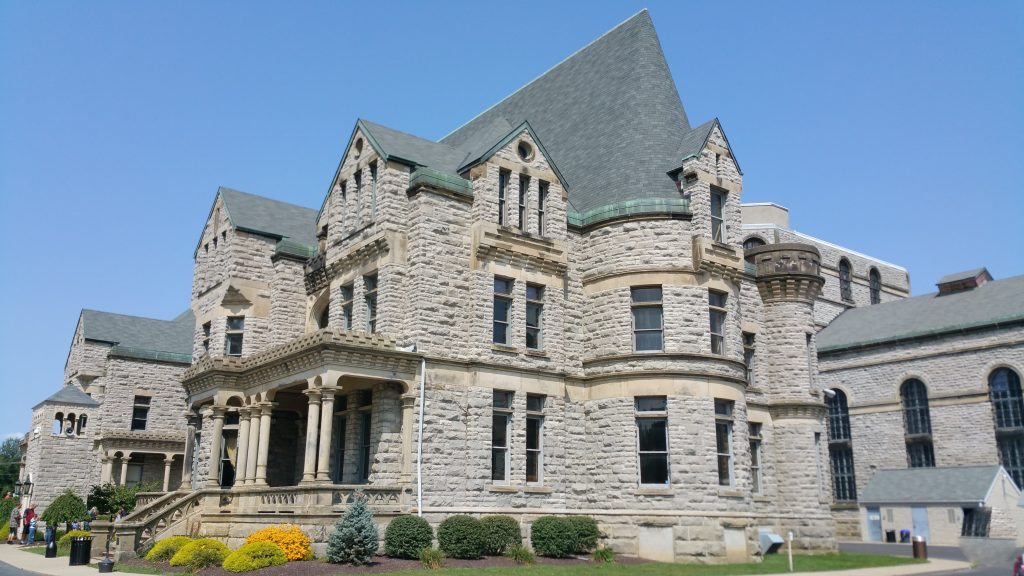
Designed by Cleveland Architect Levi T. Scofield in the Victorian Gothic, Richardson Romanesque, and Queen Anne styles, construction of the massive reformatory started in 1886. It was the architect’s belief that being surrounded by built beauty would inspire the inmates to change their sinful ways; the building itself would encourage their spiritual rebirth, and move them towards repentance. Indeed, from the outside, the building doesn’t look much different than many grand mansions of the gilded age.
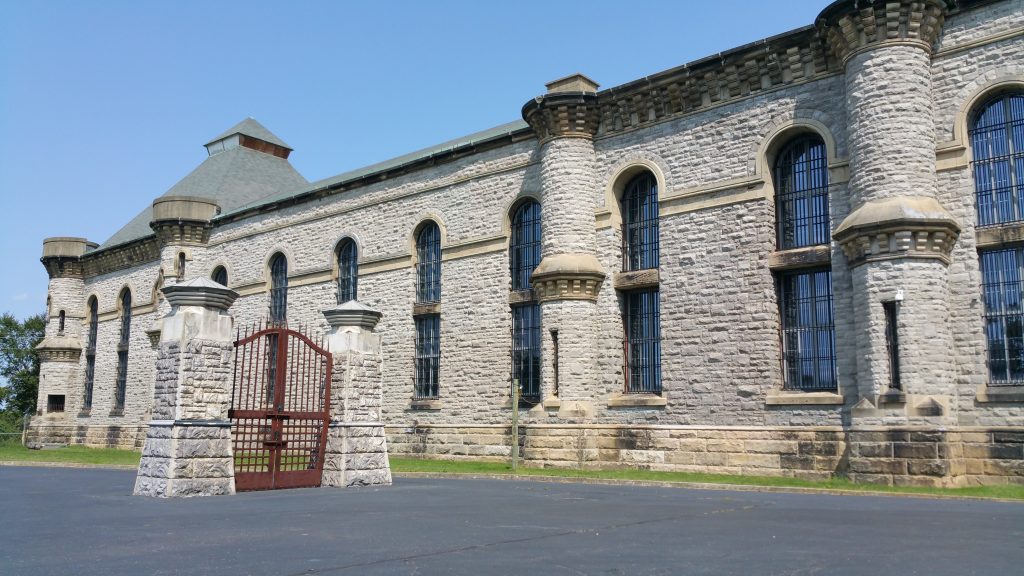
Construction itself was carried out by F.F. Schnitzer, took more than a decade to complete, and cost a very reasonable 1.3 million dollars. Considering the building is over 250,000 square feet, and is constructed of brick, limestone, and granite, that seems like a steal. When the project was finished, Schnitzer was presented with a silver double inkwell by the governor for a job well done. The first inmates arrived on September 15, 1896, and were immediately put to work constructing a 25 foot stone wall that would surround the reformatory. No word if they also preformed punch-list items.
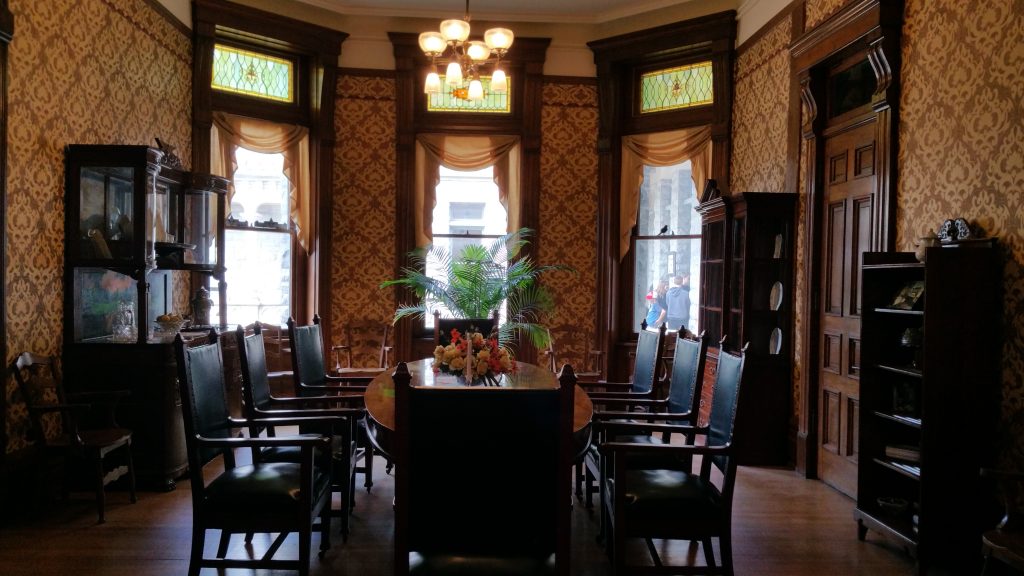
Inside, two worlds existed side by side. The warden’s residence was quite plush; tall ceilings, stained glass, and built in storage made for a very comfortable living situation. Except for the proximity to criminals, but given the circumstances, this couldn’t be avoided. The staff offices were also very pleasant, large and light filled, with decorative touches.
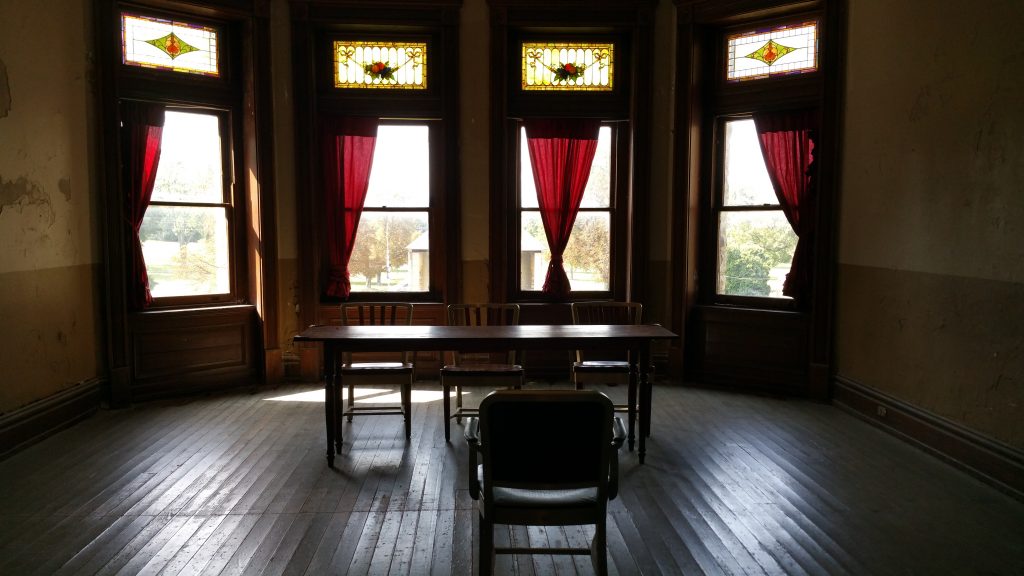
The prisoners’ quarters were a bit more spartan; however, common areas, such as the dining hall, were built with decorative architectural elements, meant to inspire. Not so inspirational is the world’s largest free-standing, six tier, steel cell block. That is just downright depressing.
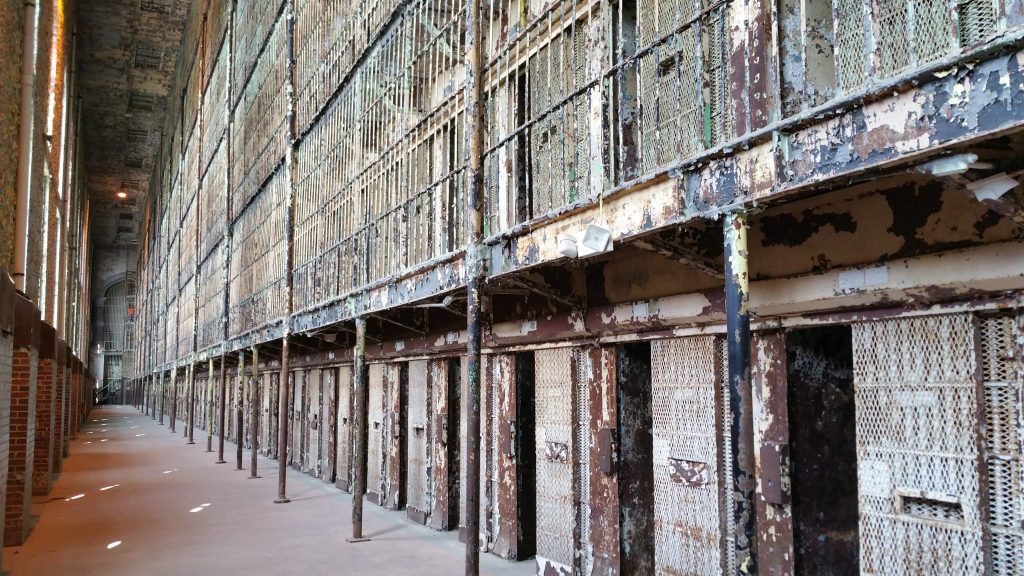
However, unlike many earlier penitentiaries, the cells did face exterior windows, allowing exposure to natural light. So, that’s something. Today, it is hard to imagine what the space looked like when new, and freshly painted. What is not hard to imagine is how awful life would have been, being confined to such a small space, along side so many others.
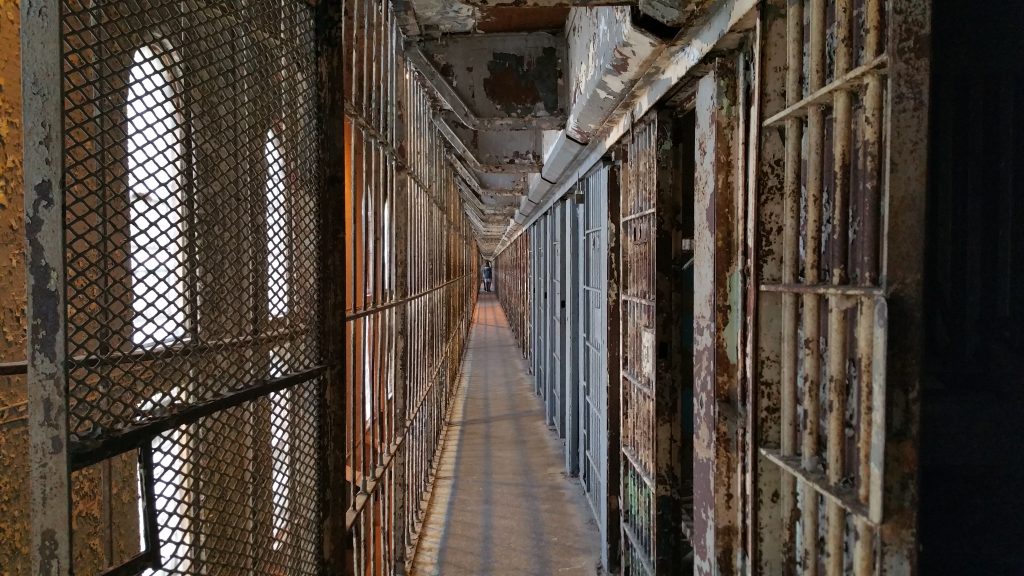
The reformatory housed inmates for almost an entire century; it closed in December 1990 following an inmate class action lawsuit citing overcrowding and inhumane conditions. A replacement facility was built adjacent to the old building, and the prisoners relocated. The reformatory then took on a second life as a popular Hollywood filming location. Given its foreboding looks, and how well it photographs, this is no surprise.
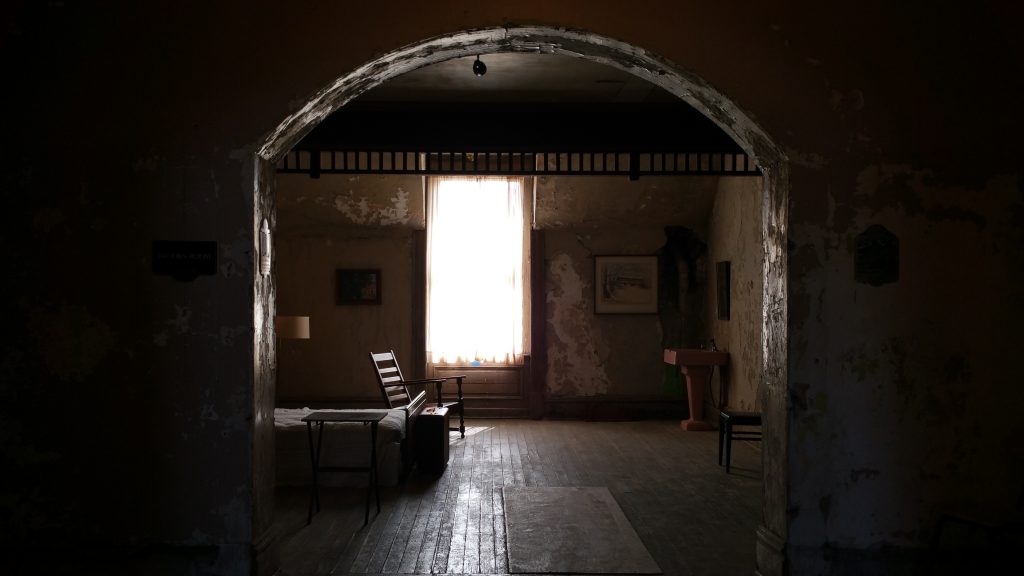
Although a few productions were filmed on site while the reformatory was open, it is most well know as the prison from 1994’s The Shawshank Redemption. A movie just about everyone has seen, and most people love. Much of the movie was filmed on location at the Ohio State Reformatory, both inside and out, including Red and Brooks’ boarding house scene, and Red’s parole hearing. The cells used in the movie were constructed offsite however, because the producer wanted blocks that faced one another.
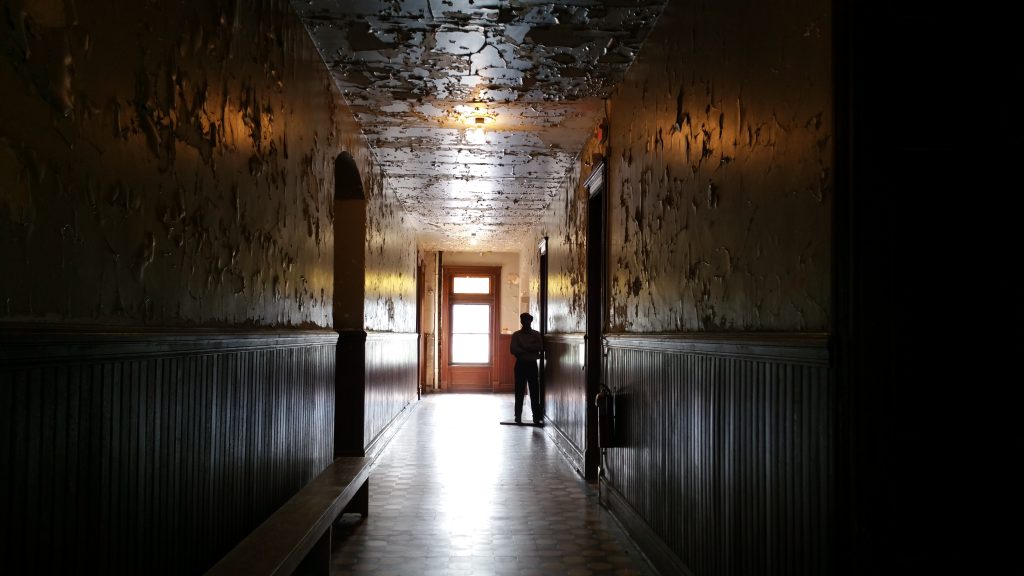
It is clear why they would want to use the old reformatory as a filming location. It is hauntingly beautiful. For architectural photographers, there are endless possibilities. You could easily spend all day capturing the site, and not delete a single image. Its present state is downright mournful, yet captivating. They offer guided tours, but to wander through the intricate maze of halls alone is downright magical.
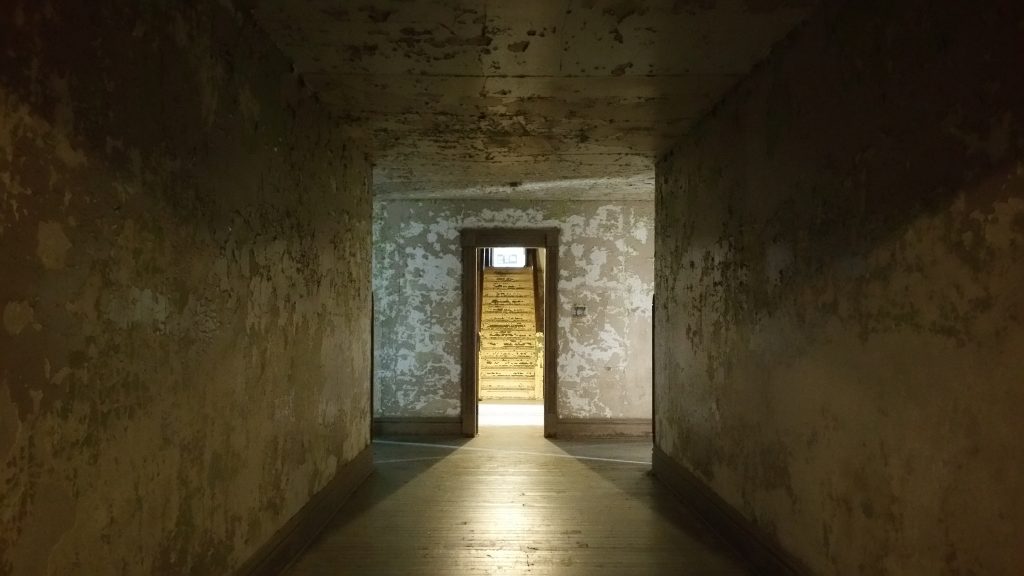
Despite its large size, or perhaps because of it, some spaces are a bit claustrophobic; or perhaps agoraphobic, as the labyrinth of corridors seems infinite. There are of course those that claim the building is haunted, and it seems likely if you believe in such things. It no doubt is a much more pleasant place now than it was back in the day. It certainly is one of the most interesting spaces I have ever visited, and the site of many of my favorite photographs. Although somewhat off the beaten path, it is not to be missed.


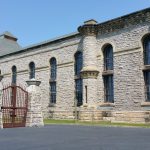




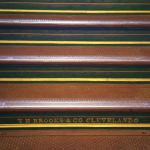
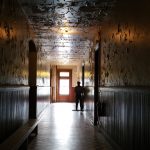
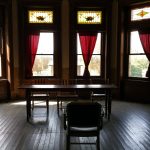
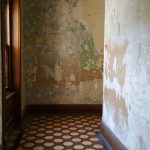
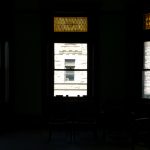
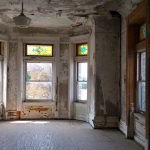
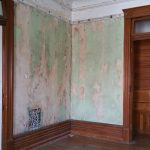
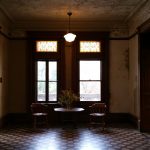
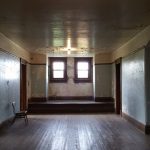
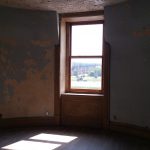
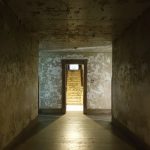
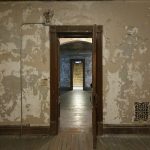
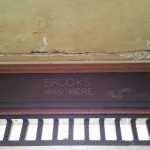

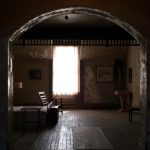
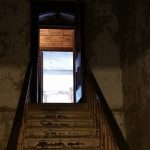
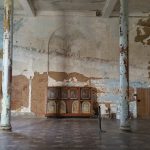
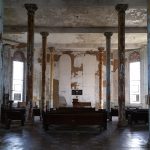
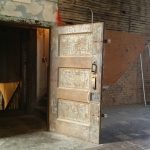
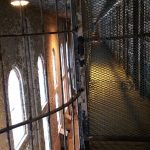
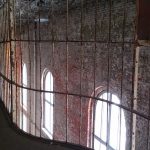
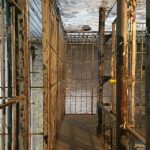
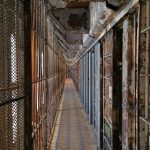
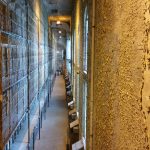
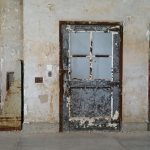
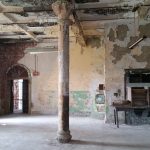
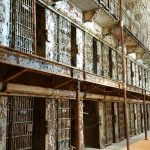
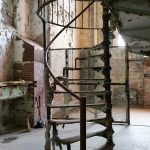
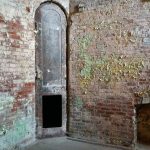
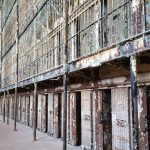
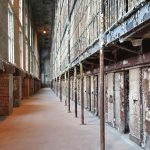
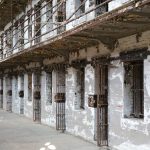
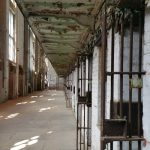
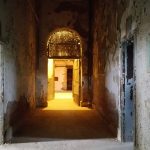
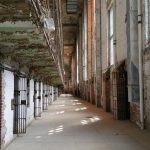
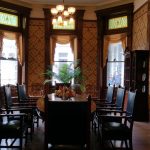


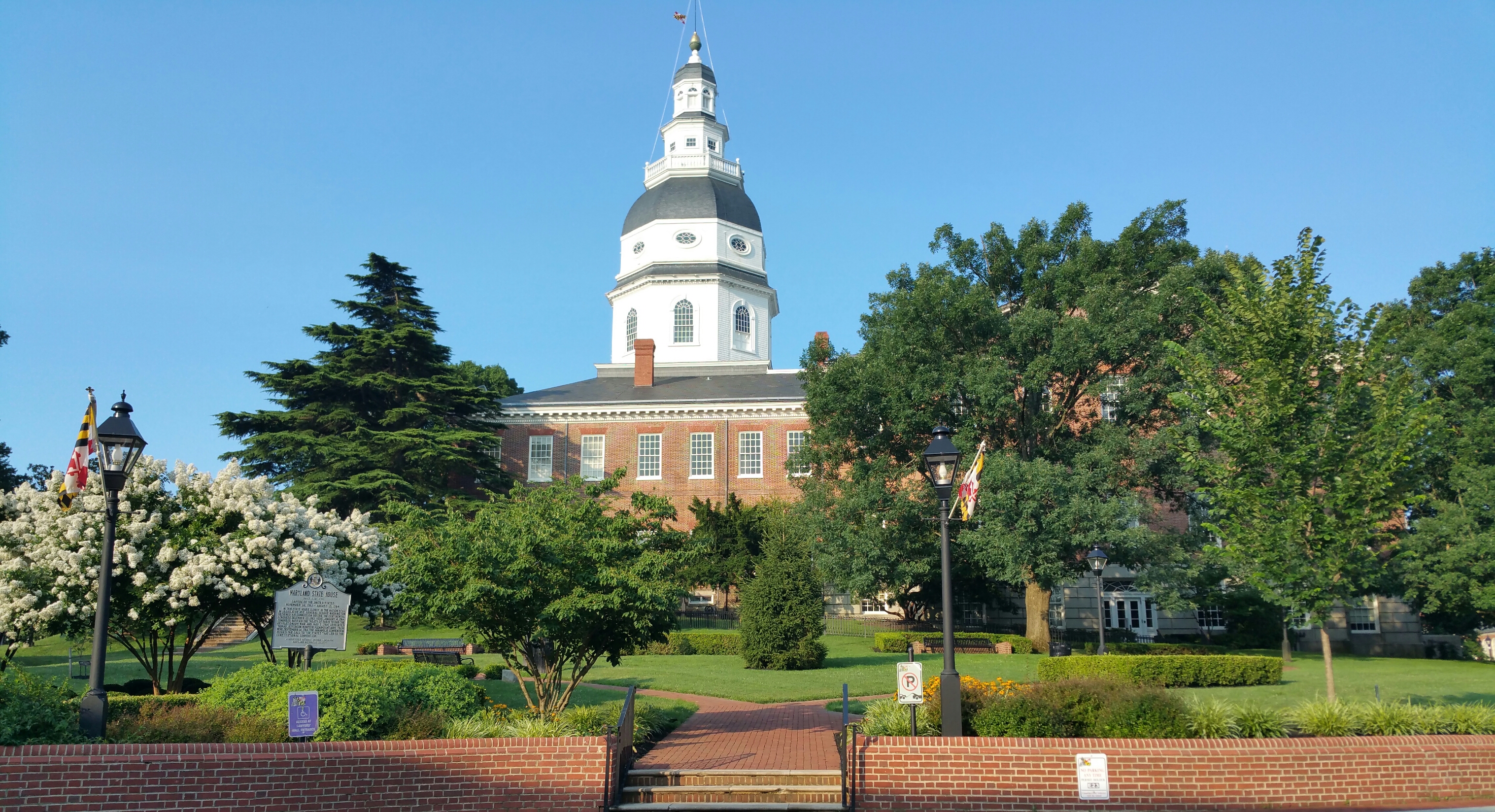

One Comment
Pingback: